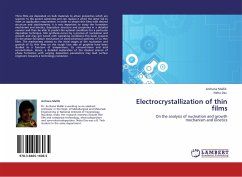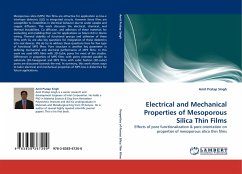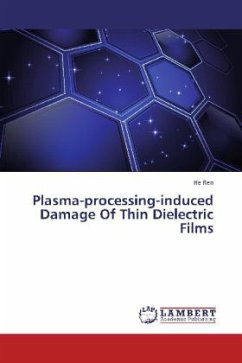Thins films are deposited on bulk materials to attain properties which are superior to the parent substrates and can replace it when the latter fail to meet an application requirement. In order to obtain thin films with desired structure and stoichiometry, it is very important to study the formation mechanism and kinetics, deposition structure and properties in a detailed manner and then be able to predict the optimal conditions for a particular deposition technique. Film synthesis occurs by a process of nucleation and growth and may get tuned with operating conditions.This book projects on the phase formation mechanism of electrochemical synthesis of Cu thin films. The mechanisms related to the initial stages of the nucleation and growth of Cu thin films on the rough face side of graphite have been studied as a function of temperature, Cu concentration and acid concentration. Hence, a detailed exploration of the classical science of phase formation with varying deposition parameters may lead surface engineers towards a technology revolution.








